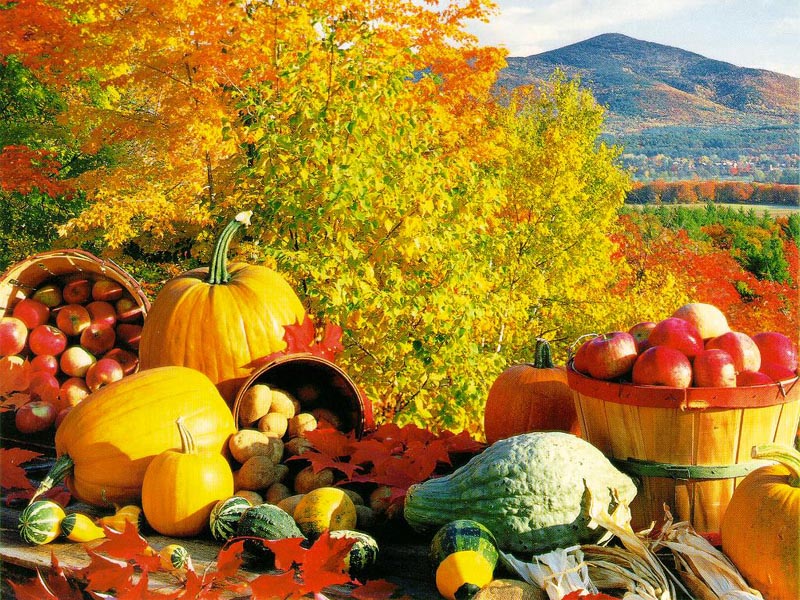Chicken Marsala With Gathered Porcinis and Chantrelles
There's a Fungus among Us? If I was looking for a subject of choice that would draw a slew of readers, I'm sure mushrooms would not be my first choice. It's one of those love/hate foods.
But I have a secret...I really love reforming the doubtful, the mis-fed; the broken, ruined, diner who has had their ingredients mismanaged and ill prepared. I'm positive that I can convert almost anyone on almost any food they thought they didn't like. Because, well.. I didn't like them either! So Brussel Sprouts, Mushrooms, Beets. Watch out. You are on notice. I'm finding your weakness,and making you likable again.Time: 20 minutes
2 split boneless, skinless chicken breasts
1/4 cup flour
Kosher salt and black pepper
Fresh lemon juice
1 tbs butter
1 tbs olive oil
1 tbs olive oil
1 cup sliced Chantrelle and/or Porcini mushrooms, foraged or purchased
1 cup marsala wine
1/2 cup chicken stock
1 tsp corn starch
1/2 cup chicken stock
1 tsp corn starch
lemon juice about 2 squeezes
1 tbs butter
Salt, pepper and lightly flour chicken pieces. Fry in olive oil/butter till done. About 3 minutes each side. Sprinkle with lemon juice. Remove and keep warm. (oven warmer works great or 250 degrees)
Add 2 tbs butter to pan do no remove clean chicken drippings. Add sliced mushrooms, sauté. Cook for about 3 minutes add garlic. Add Marsala, broth and corn starch
Serve with egg noodles and browned butter. Grate fresh Parmesan over noodles and Chicken Marsala, and garnish with fresh, chopped parsley if preferred.
Alternatives: To add incredible flavor try cubed pancetta or bacon with the chicken(Salt very lightly due to the natural salts) Also, try adding 6 tbs Heavy cream at final reduction for marsala cream.
 |
| Chicken Marsala With Cream Sauce |
 |
| Simmering to a gloss |
LOCAL MUSHROOM VARIETIES
Chantrelles
Morels
Oyster
Yellowfoot
Hedgehogs
Black Trumpets
Truffles
Birch Bolete
Mutsaki
Porcini
RESOURCES
THE MOST AMAZING FORAGER'S BLOG! FAT OF THE LAND
For those not interested in foraging try Whole Foods Market, PCC Natural Markets, and Trader Joe's for local mushroom varieties!
Puget Sound Mushroom Society






















